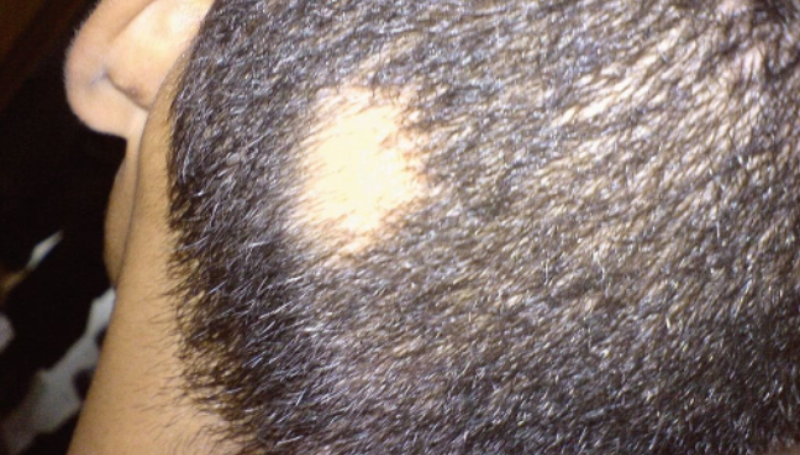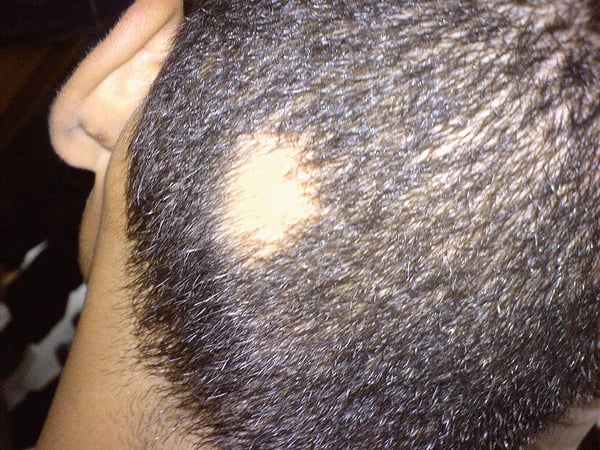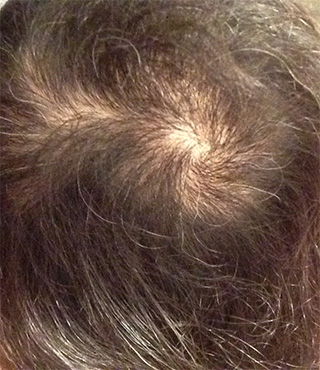Study with Me—Review 5 Alopecia Hair Disorders from the IM Core

Review these five alopecia hair disorders including high-yield points for Internal Medicine Boards. (All from the Internal Medicine Core.) This blog takes you through the three steps to really remember what you review: Preview, Study, and Spaced Retrieval. See how these three steps work together with this section of the Core while brushing up on alopecia.
Preview 
Preview by dredging up everything you know about the Preview | Review question
First, Preview the material by reading the question in the Preview | Review section. Make sure that when you read the Preview | Review question, you dredge up everything you know about the topic and what you think the answer will be. This will prime your brain to remember what you're about to read.
Study
After the Preview step, you'll Study the material by reading through the five disorders, paying special attention to the highlighted area, which will answer the Preview | Review question and clue you to the super high-yield points.
ALOPECIA
Androgenic Alopecia
Androgenic alopecia results from the genetic sensitivity of hair follicles to androgens. This leads to miniaturization of the follicles and subsequent hair thinning and loss. Thinning occurs in the frontotemporal regions and vertex in men and on the central crown in women. Treatment includes topical minoxidil and oral antiandrogens, such as finasteride.
Alopecia Areata
Alopecia areata
Alopecia areata is an autoimmune disease specific to hair and presents with discrete round patches of hair loss without scarring. It can progress to alopecia totalis (loss of scalp hair) and alopecia universalis (loss of scalp and body hair). Nails in patients with alopecia areata may have pitting in a regular or geometric pattern.
Treatment for limited disease includes topical and intralesional steroids. For more extensive disease, treatment with systemic steroids has been successful but temporary, and while topical irritant therapy (e.g., with squaric acid) may be helpful, results are not consistent. Immunosuppressives may also be helpful, but, again, results are not consistent. There is no FDA-approved Janus kinase treatment for alopecia, although research is promising.
Trichotillomania
Trichotillomania is a self-inflicted hair disorder and often associated with psychological stress or a personality disorder. Clinical features include irregular patches of hair loss with hair of varying lengths. Patients may also pluck hairs from other areas, such as the eyebrows, eyelashes, and body.
Traction Alopecia
Traction alopecia is most commonly seen in African American female patients in their 30s to 40s. It typically involves the frontotemporal regions. It results from consistent traction of the hair over years. In early stages, it may be reversible, but over time, it becomes permanent as the hair follicles become scarred.
Telogen Effluvium
Telogen effluvium
Telogen effluvium occurs when large numbers of hairs simultaneously enter the telogen phase and shed. This can be triggered by a pathological or physiological change in the patient’s health status, such as pregnancy, extreme dieting, thyroid disorder, surgery, medications, and severe stress. Hair loss occurs 4–6 months after the precipitating event and is diffuse. Eventual complete hair regrowth is possible, particularly if the underlying cause is eliminated.
Spaced Retrieval
After the Preview and the Study steps, you'll enter the final stage of studying called Spaced Retrieval. You can practice Spaced Retrieval by bookmarking this page and coming back to review at a later date! For optimal memory of the topic, try two days later, 10 days later, and then six weeks later.
Read more about hair disorders in the Internal Medicine Core!
Read more about the Preview, Study, and Spaced Retrieval method!




